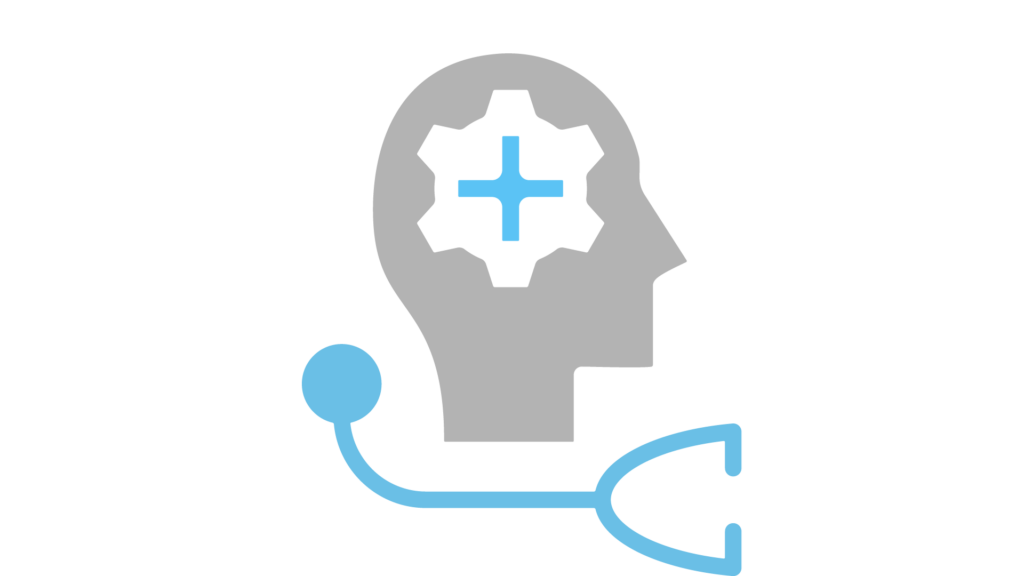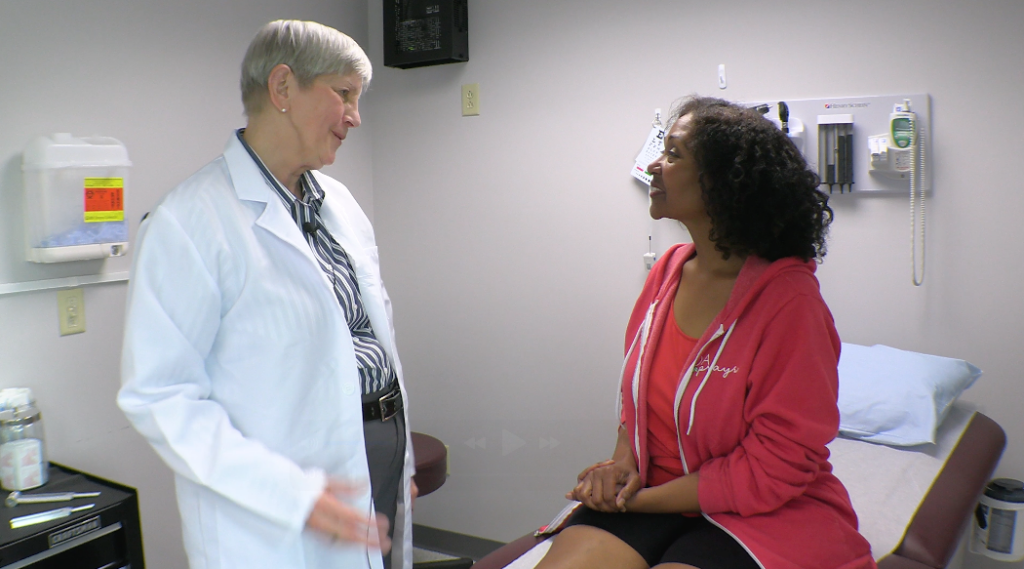17. Left Ventricular Hypertrophy
In this material Self-study learning goals Define and identify the following: The normal QRS direction. Describe the pathophysiology of LVH. Describe examples of pressure overload on the left ventricle. Describe examples of volume overload on the left ventricle. List criteria for the diagnosis of LVH on the EKG. Identify LVH on the EKG. Describe and […]
Atrial Abnormalities Worksheets
These worksheets are for self-study only. Answers will not be evaluated. Instructions and examples Instructions for Chapter 16 Worksheets Make basic measurements and evaluate for ischemia and infarction. Diagnose right or left atrial abnormality based on the criteria in Chapter 16. Evaluate clinically. Clinically-Based Critical Thinking: Interpretation Sinus tachycardia is present and suggests sympathetic […]
Atrial Abnormalities Case Studies
Case 1: Mitral stenosis Tap the arrow to view the case.The mitral valve separates the left atrium from the left ventricle. When the valve is stenosed, it becomes constricted and narrows. This interferes with the flow of blood from the left atrium into the left ventricle. This increases the workload of the heart and eventually […]
16. Atrial Abnormalities
In this material Self-study learning goals Describe the normal right and left atrial anatomy. Describe the pathophysiology of right atrial abnormality. Identify right atrial abnormality on the EKG. Describe the pathophysioogy of left atrial abnormality. Identify left atrial abnormality on the EKG. Describe the association of atrial abnormalities with valvular heart disease. Atrial abnormalities: Anatomy […]
VI. The Nonischemic Disorders: Hypertrophy
In this material
IV. EKG Changes Related to Conduction Abnormalities Review
These worksheets are for self-study only. Answers will not be evaluated. Worksheet 1 ??Examine the whole strip and determine an atrial and ventricular rate?? Basic measurements Parameter Measurement Interpretation HR Rhythm PR QRS QT QTc P direction QRS direction […]
Transition to Clerkship overview
What is the Transition to Clerkship (TTC)? A course between pre-clerkship and clerkship with specific design principles When is the Transition to Clerkship? May 5–June 6, 2025 How is this course different from other pre-clerkship courses? Workshops support the care of a panel of patients Students actively participate in clerk-level skills Document encounters in different […]
Guidance for the Neurologic Examination

There are 9 parts of the neurologic exam. Click on the icons below for more details about each part. There are 9 parts of the neurologic exam. Click on the icons below for more details about each part. Mental status Station and gait Skull and spine Meninges Cranial nerves Motor Sensory coordination Reflexes 9 parts […]
Neurological Exam

Guidance for the Neurological Examination Click here for more details on the Neurological Examination.
Left Bundle Branch Block Worksheets
These worksheets are for self-study only. Answers will not be evaluated. Instructions and examples Instructions for Chapter 12 Worksheets Complete basic measurements. If the QRS is ≥ 0.12 sec, diagnose BBB. Then visualize the extra piece at the end of the QRS in the frontal plane as right or left, and in the horizontal plane […]